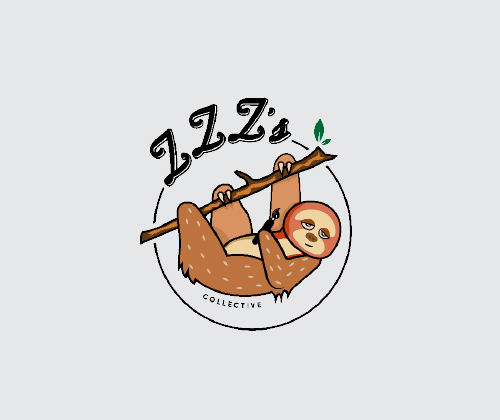Players
Cannabis and Billie: A Tragic Love Story

To say that the jazz greats of the 1920s and 1930s had their lives disrupted by the cannabis Gestapo would be an understatement. Like many Black jazz musicians in the early 1900s, Billie Holiday began her career at Harlem clubs. Amongst jazz circles, she was known to devour the “jazz cigarettes” and labeled a “viper,” “reefer head,” and “gage fiend.” She used cannabis to calm her mind and for artistic inspiration, often catching cabs in between club sets for a sesh. She was an outspoken critic of cannabis prohibition and the Federal Bureau of Narcotics (FBN), which was headed by a jazz-hating, racist monger named Harry Anslinger, who kept a secret file on the crooner.
Anslinger had been tasked with leading the prohibition against alcohol. He failed miserably, and his agency was on the verge of defunding. To save his ass, Anslinger turned his militant gaze to cannabis. He created the Reefer Madness propaganda program and then cracked down. One snowy night in 1939, Holiday stood on stage in New York City and sang a song unlike anything anyone had heard: “Strange Fruit.” It was a dark ditty lamenting lynching, singing of Black bodies hanging from trees as a dark fruit native to the South. Immediately after, Billie Holiday received her first threat from the Federal Bureau of Narcotics. When she was 44 years old, Holiday was taken to the hospital in critical condition after suffering liver failure and cardiac problems. “Watch, baby—they are going to come arrest me in this damn bed," she told the nurse. Sure enough, a team of FBN cronies arrived at her hospital bed to interrogate her, and planted a small bag of heroin under her bed. As the law dictates, you cannot arrest someone in critical condition. However, Anslinger ordered to take her off the critical list, cutting access to potentially life-saving treatment. She died a few days later.

















